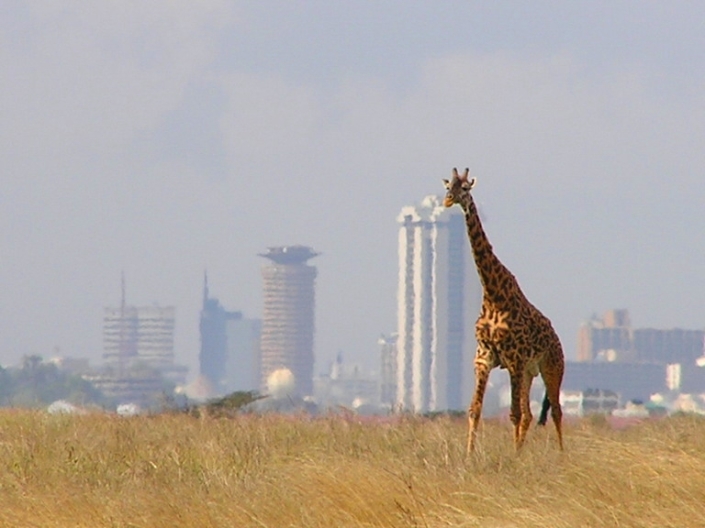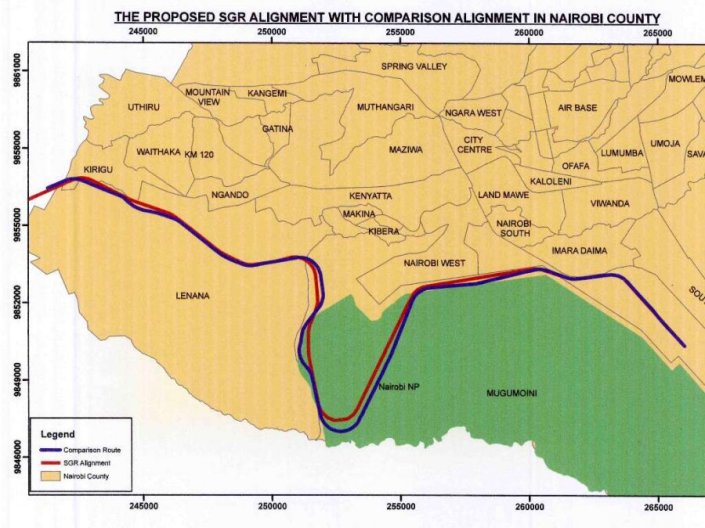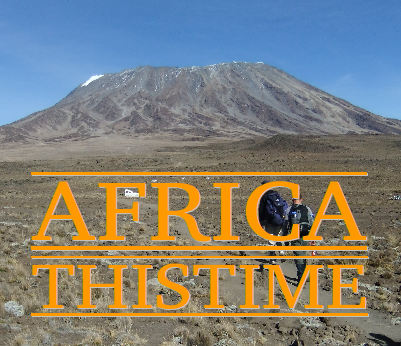Transport
Eleven dead in a Tanzania plane crash
A tragic plane crash happened in Empakaai, near Ngorongoro, Tanzania on November 15, 2017. The Cessna 208 Caravan plane, operated by Coastal Aviation, was flying from Arusha to Serengeti National Park. Ten passengers and the sole pilot perished in the accident (Reuters news piece).
Despite being a relatively small plane, eleven victims make it among the worst plane crashes in 2017, that has been a remarkably quiet year in terms of aviation accidents.
Yet there has been very little about the crash in the international media, even if the plane carried western tourists. There is space for only one Africa news item at a time, and for the last few days it has been the coup in Zimbabwe.
Only three weeks earlier did the airline have another accident, it was only luck that everyone survived that time ( Dar Post report ).
Coastal Aviation has been known to be a reliable airline serving mainly tourist with scheduled and chartered flights between main cities, national parks and Zanzibar. These accidents are a major blow to the airline, which may now face uncertain times.
Uber keeps expanding, despite legal challenges
Uber ride service has been much in the news in recent years. As the platform has expanded around the globe, so has the opposition against it grown, particularly by taxi drivers. They have a genuine reason to be concerned on what their business will be in the coming years. Taxi industry is highly regulated in many countries, but Uber drivers operate more or less on “wild” basis (it is worth reminding that unofficial taxis have always been common in many countries, long before the emergence of Uber). Uber itself does not operate vehicles, instead it provides a software platform to connect drivers with customers, and facilitating the payment. That makes determining its legal status a complicated matter. So far Uber has been at least partially banned in number of places, like Berlin and the whole of Spain. While legality of Uber is questionable in most jurisdictions, the service enjoys considerable public support. A service like Uber is a way forward, like most forms of digitalization. Not embracing development is a step backwards, a poor policy. That’s why Uber should be here to stay, but the service has to conform to local conditions, and admit it is not above others.
Overland truck tours in Africa – not the ordinary tour experience
Those of us used to travelling in Africa are likely to have seen trucks full of (usually) western tourists. That’s a fairly popular way of getting around Africa. Typical to overland truck tours is:
- Trucks specifically fitted to sustain rough roads and carry passenger, equipment and luggage
- Tours may last weeks, sometimes even months
- Tours cover more than one country
- Tours end at a different place (and country) than the starting point
- Many tours are planned to minimise costs (e.g. camping)
Most overland tours take place in Southern Africa. East Africa is another hotspot. A few operators offer tours also in Northern or Western Africa. The most popular route is arguably from Cape Town via Namibia and Botswana to Victoria falls, this itinerary takes usually around 20 days.
Nairobi National Park under threat
Kenya is known for its wildlife parks, and one of them, Nairobi National Park, sits right next to Nairobi, the capital of Kenya. Nairobi NP is sometimes said to be the only national park within boundaries of a major city. While that claim is not true, Nairobi NP is still very unique, being a large wildlife habitat attached to a metropolis. One may ask how it has been preserved despite the rapidly growing urban region. The answer is that it won’t be there much longer. The decision to build a railway line through it marks the beginning of the end of Nairobi National Park.

While Nairobi National park is good for wildlife viewing, most tourists prefer visiting famous parks further away, like Masai Mara and Amboseli. However, these cannot be visited on a day trip unless using air charter. Therefore those short on time, like conference guests, may find visiting Nairobi National Park being an ideal option.
Nairobi residents might also like making quick visits to the park, but this is often impractical due to traffic, as getting there may take more time than what’s spent at the park. Then expensive entry fees (especially for foreigners) and other costs (eg. vehicle) may deter people from visiting there. Despite much lower park fees, most locals cannot afford visiting the park as they represent lower social classes.
Nairobi National Park remains somewhat underrated, and some politicians and businessmen see the park as a prime land awaiting to be built. There has been lots of pressure to give up at least parts of the park for to the sake of “development”.
The Standard Gauge Railway (SGR) is currently being built from Mombasa to Nairobi, from where it is eventually set to reach Kampala in Uganda. The replacing of old railway network is long overdue. Few would argue about the need of the new railway line. But how and where the track is built, is a different matter.
Instead of following the old railway, the Standard Gauge Railway will bypass Central Nairobi. That won’t be vital since transporting cargo will be the main (and only?) purpose of the new railway line. However this route means the new railway will be of little use in terms of passenger traffic, neither would it be useful as a part of much need commuter rail network.
Earlier this year a small chunk at the edge of the park was degazetted to pave way for railway line. This was mainly due to controversial decision to save Alan Donovan’s African Heritage House from being demolished. But the latest development is still way worse. The next phase of the railway from Nairobi to Naivasha, will cut large chunk of western portion of the park.

There has been a wide railway reserve along the track to accommodate its expansion. But previous regimes saw no interest in developing railway (hence the derelict state of the exiting track), letting politically well connected land grabbers to take over railway reserves. Elsewhere the railway reserve has been filled by informal settlements. Thus a route following the existing railway would lead to significant demolition of existing infrastructure. Moreover, SGR cannot follow as tight curvature as the the existing line, thus using the old route would lead to even more infrastructure destruction. Another reason for the alternative route may be to avoid going through Kibera slums, where the existing railway has been subject to frequent vandalism.
Removing the old track would provide more space to lay the new track, but rather oddly, the existing narrow gauge railway will continue to be operated concurrently with SGR, despite little chance of being competitive.
While it looks inevitable that these plans go ahead, it not yet too late to prevent them. There must be better alternatives available. What Nairobi residents should do now is to show their opposition against these plans to save the park. Otherwise new infrastructure will continue encroaching the park, and soon Nairobi National Park will be no more.
Addis Ababa paves the way for Sub-Saharan urban rail
Addis Ababa, the capital of Ethiopia, has now an operating light rail system. The first line commenced operations on September 20, 2015, while second line is still under construction. The significance of this rail system should not be undermined, given this is not Europe where every large city has effective public transport system.
Almost every large city in Africa suffers from heavy traffic, and transport systems are nothing short of chaotic. Addis Ababa has now shown that brand new rail infrastructure can be built within a densely built city. The next challenge is it to be an operational success.
Ethiopian Airlines rules the skies
Ethiopian Airlines is an unlikely success story of African aviation industry. There are very few profitable airlines in Africa but Ethiopian Airlines has managed to operate profitably for years. At the same time self-proclaimed “Pride of Africa”, Kenya Airways may go under any date, while South African Airways is kept flying only by government subsidies. With a growing fleet size of about 75 aircraft and the destination count now over 100, Ethiopian is one of the largest airlines of the continent. The airline has grown steadily since it was founded in 1945, turning 70 years this December. Despite being wholly government owned, the airline has been spared of unnecessary political disturbance, even during less stable times Ethiopia has endured over the decades. The airline even bought American aircraft during the 80’s communist regime.
Crossing Kilindini by a cable car
News items by Daily Nation, Capital FM, Business Daily and others reported today on plans to construct a cable car over the Likoni Creek in Mombasa, complementing the Ferry currently connecting Mombasa Island to the South Coast. First time hearing about this project, it should be ready by January 2017 (only a fool believes it will). Read the rest of this entry »
